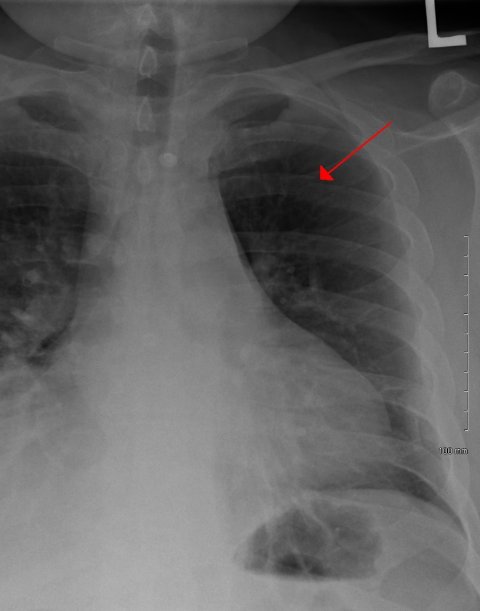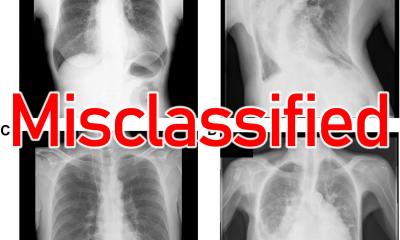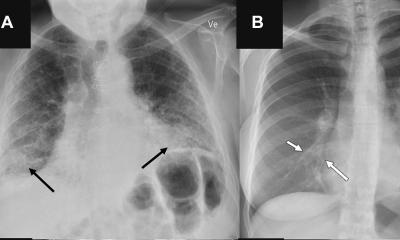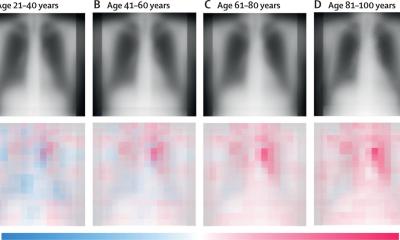News • Is it broken?
AI accurately detects fractures on x-rays, alerts doctors
Emergency room and urgent care clinics are typically busy and patients often have to wait many hours before they can be seen, evaluated and receive treatment. Waiting for x-rays to be interpreted by radiologists can contribute to this long wait time because radiologists often read x-rays for a large number of patients.

A new study, published in the journal Radiology, has found that artificial intelligence (AI) can help physicians in interpreting x-rays after an injury and suspected fracture. “Our AI algorithm can quickly and automatically detect x-rays that are positive for fractures and flag those studies in the system so that radiologists can prioritize reading x-rays with positive fractures. The system also highlights regions of interest with bounding boxes around areas where fractures are suspected. This can potentially contribute to less waiting time at the time of hospital or clinic visit before patients can get a positive diagnosis of fracture,” explained corresponding Ali Guermazi, MD, PhD, chief of radiology at VA Boston Healthcare System and Professor of Radiology & Medicine at the Boston University School of Medicine.
Fracture interpretation errors represents up to 24 percent of harmful diagnostic errors seen in the emergency department. Furthermore, inconsistencies in radiographic diagnosis of fractures are more common during the evening and overnight hours (5 p.m. to 3 a.m.), likely related to non-expert reading and fatigue. The AI algorithm (AI BoneView), was trained on a very large number of X-rays from multiple institutions to detect fractures of the limbs, pelvis, torso and lumbar spine and rib cage. Expert human readers (musculoskeletal radiologists, who are subspecialized radiology doctors after receiving focused training on reading bone x-rays) defined the gold standard in this study and compared the performance of human readers with and without AI assistance.
Our ongoing research interest is to how best to utilize AI to help human healthcare providers to improve patient care, rather than making AI replace human healthcare providers
Ali Guermazi
A variety of readers were used to simulate real life scenario, including radiologists, orthopedic surgeons, emergency physicians and physician assistants, rheumatologists, and family physicians, all of whom read x-rays in real clinical practice to diagnose fractures in their patients. Each reader’s diagnostic accuracy of fractures, with and without AI assistance, were compared against the gold standard. They also assessed the diagnostic performance of AI alone against the gold standard. AI assistance helped reduce missed fractures by 29 percent and increased readers’ sensitivity by 16 percent, and by 30 percent for exams with more than one fracture, while improving specificity by 5 percent.
Guermazi believes that AI can be a powerful tool to help radiologists and other physicians to improve diagnostic performance and increase efficiency, while potentially improving patient experience at the time of hospital or clinic visit. “Our study was focused on fracture diagnosis, but similar concept can be applied to other diseases and disorders. Our ongoing research interest is to how best to utilize AI to help human healthcare providers to improve patient care, rather than making AI replace human healthcare providers. Our study showed one such example,” he added.
Source: Boston University School of Medicine
23.12.2021










